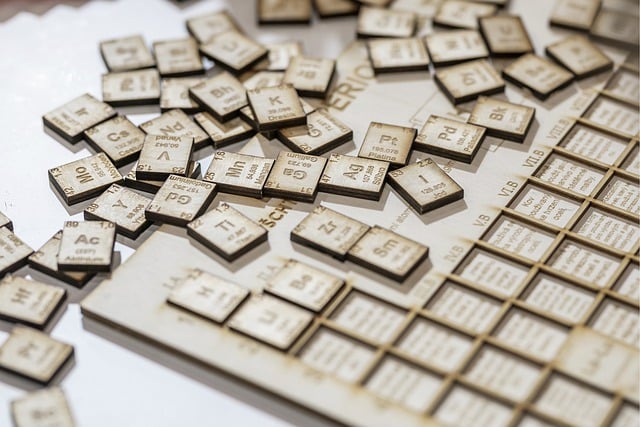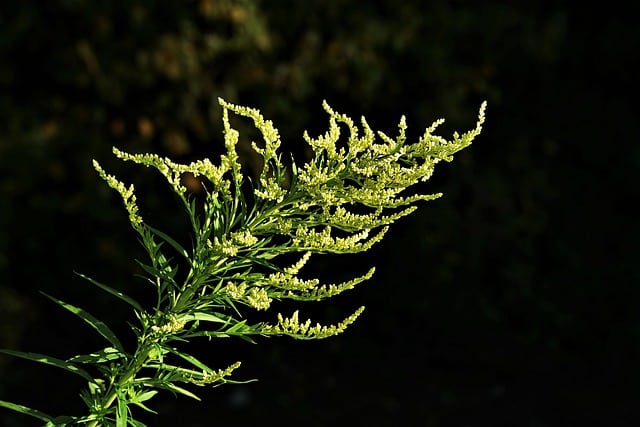
In the periodic table of elements, gallium is part of the p-block metals.
The dictionary of the Royal Spanish Academy ( RAE ) recognizes two meanings of the term gallium , each one with a different etymological origin. The concept may come from the scientific Latin gallium and refer to a metal , or derive from the Latin galĭon and refer to a plant .
In the first case, gallium comes from gallus (which means "rooster" ), a translation of the surname Lecoq . The French chemist Paul Émile Lecoq de Boisbaudran ( 1838 – 1912 ) was the one who discovered this chemical element whose symbol is Ga and its atomic number , 31 .
The work of Lecoq de Boisbaudran
Paul Émile Lecoq de Boisbaudran discovered gallium in 1875 through electroscopy , which consists of an analysis of the interaction established between matter and electromagnetic radiation. What Lecoq did was examine a zinc blende or sphalerite, observing its spectrum .
This scientist managed to isolate gallium through the electrolysis of the hydroxide present in a potassium hydroxide solution. Some time ago, Dmitri Mendeleev had anticipated many of the properties of this metal when considering the place that the element should have in the periodic table.
Gallium, a p-block metal
If we pay attention to the periodic table of elements , we will find gallium as a member of the metals of the so-called p block . This group includes several metals that have similar chemical and physical properties, such as tin , aluminum and lead , among others that make up this family or chemical series.
The members of the p-block group of metals have a low melting point and are soft. In the specific case of gallium, in its liquid state it has a grayish hue, while it turns silver when it solidifies.
Its properties and uses
Gallium is found in zinc and aluminum minerals, although its presence in the Earth's crust is scarce. Between its melting point and its boiling point there is more than 2170 ºC , while it naturally appears in solid form.
The uses of gallium are varied. An isotope of gallium , for example, can be injected into the blood for the subsequent development of studies that diagnose tumors, infections and other health problems. Gallium is also used in dentistry and to make thermometers and semiconductors.

Gallium is a medicinal plant that is also used to curdle milk.
Gallium in botany
We said at the beginning of this article that the RAE mentions two meanings of gallium. We already analyzed its meaning as a chemical element; Now we will focus on gallium as a plant .
This is the name given to an herb that belongs to the Rubiaceae family group. The stem of the gallium can measure about sixty centimeters, with leaves that end in a point, yellowish flowers and a fruit that develops as a drupe.
Plant uses
Healing, diuretic, disinfectant and spasmolytic properties are attributed to gallium. Traditionally it was used topically and in infusions .
Gallium, on the other hand, is used to curdle milk ; in fact, it is sometimes called cuajaleche . This makes it useful for making different cheeses .
